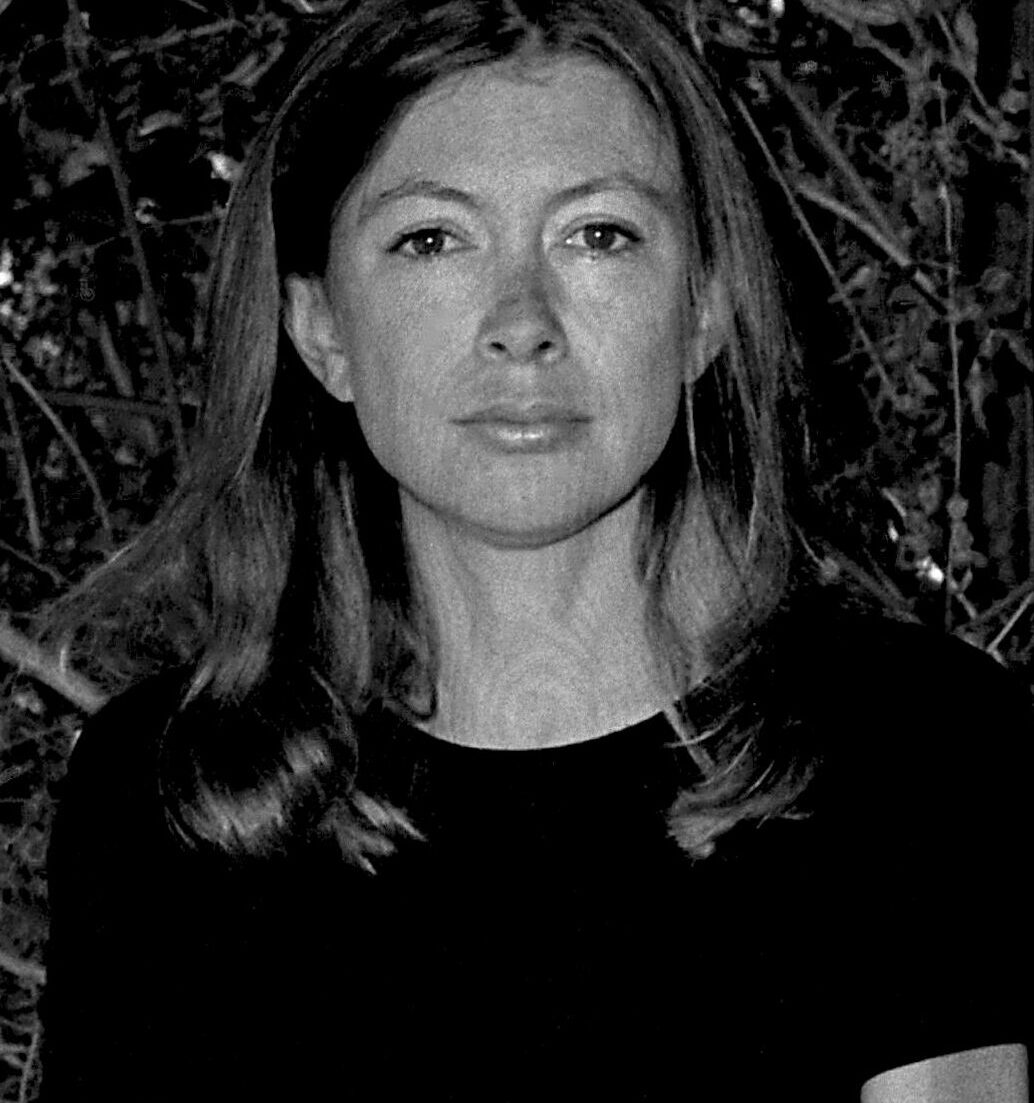‘The White Album’ review: a bleak introspection on 1970s America
In the aftermath of 1960s America, Joan Didion sought out to process its social movements, phenomena, and atrocities in this essay collection. There is a constant care to respectfully cover stories regarding the Manson murders, the aftermath of the Second World War that still rippled through America, and the devastation of the ongoing Vietnam War. She provides an insider perspective into condemning the hesitant relationship between Hollywood and politics, to dedicating much of her writing to the intricacies of living in California and the complexities of its climate, and the trials and tribulations of second-wave feminism. And then there’s the personal – delicately balanced with these stories is a sense of Didion’s personal life bleeding through, as she asserts to redefine her sense of place, of marriage, of parenting a young daughter during tumultuous times.
The essays predominantly centre around California, which I can understand to be a staple of her writing based on the previous books I have read (including Slouching Towards Bethlehem and Blue Nights: both of which I recommend), however there’s a rawness to the stories here that feels more disillusioned, a product of their time. In ‘Holy Water’, Didion reels in her fixation on the journey of the drinking water in California and laments how her neighbours were not willing to discuss it with as much passion. The essay was a stark reminder about California’s stark differences in climate as I read this in England’s north-west, which doesn’t have to worry much about drought, and where I can acknowledge a privilege in being able to not give it enough thought. The closing essay reflects on life in Malibu, when Didion’s peculiar obsession with one certain greenhouse is devastated by California wildfires. A heartbreaking reminder of the natural disaster which engulfs the West Coast relentlessly, and an insistence of the importance of the order in which these essays are organised.
Didion’s writing can feel out of touch, and it’s particularly jarring here as she’s writing about phenomena and their impact on ordinary people of California.
Many essays, as previously exemplified, are humble in their perspectives, however there is sometimes a disconnect between intention and how the narrative actually unfolds. Didion’s writing can feel out of touch, and it’s particularly jarring here as she’s writing about phenomena and the impact on the ordinary people of California. Joan Didion seems to forget that she’s not an average Californian citizen living a “regular” life, for she is, in fact, Joan Didion. Glitches in the narrative expose her privileged position, from the absurd amount of detail about a kitchen lacking a marble “island”, to the amount of time spent in Hawaii being seen as “eccentric” by even those in her social circle. The biggest example of disconnect is with ‘In the Islands’, an essay going into more detail about how much time she spent in Hawai’i. Some sections of the essay are heartbreaking, with great effort to delicately handle the topic of American soldiers from the Vietnam War being buried in Oahu. Didion refused to shy away from the horrors of the situation while remaining respectful. Yet throughout the entire book I couldn’t help but wonder what right she had to be there, to come and choose as she pleased.
I wouldn’t be so critical here if it weren’t for the issues with tourism in Hawai’i that are still prevalent today, and also the acknowledgement that Hawai’i was a form of escapism for Didion as her marriage was on the rocks. There’s also this questionable quote from her about association with place: “a place belongs forever to whoever claims it hardest, remembers it most obsessively, wrenches it from itself, shapes it, renders it, loves it so radically that he remakes it in his image”. This exemplifies how Didion’s obsession with Hawai’i can be problematic. Whilst Didion most likely meant this metaphorically, the connotation is sinister, and the privilege in being able to make such a statement innocuously, is damning.
These critiques aren’t intended to be a deterrent from reading the book, rather than a warning about the complications of its content. Some of the sentiment is outrageous, yet a lot of it is fascinating to read, and Didion mostly articulated herself eloquently. A favourite article of mine delves into the problematic traffic and freeway in Los Angeles, and a project to fix (or worsen) issues. It seems ridiculous when summarised, yet I found it insightful as someone who unfortunately has to frequent the M6, and it’s alarming to see the trajectory of the world being reconfigured to encourage as many cars on the road as possible. There’s also her most confined essay which reflects on how frequently she suffered from migraines, and how those who do not suffer often fail to exemplify the required compassion, a compelling story on the isolation of pain. In spite of this isolation, The White Album demonstrates how the pain from devastation does not have to be faced alone.

Comments